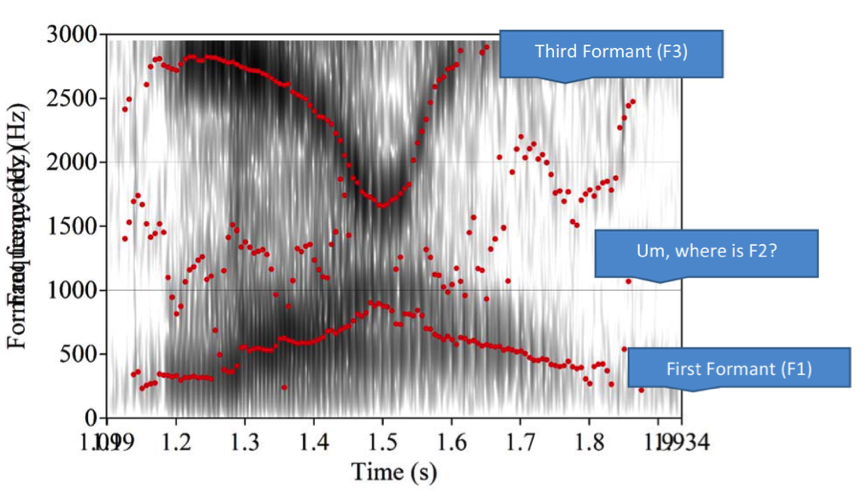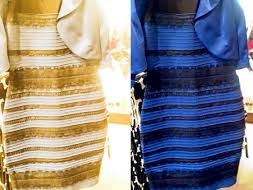YANNY VS. LAUREL
We are captivated by the idea that another person could interpret a different version of our reality. The blue dress, the pink and grey shoe, and now the audio clip of Yanny vs. Laurel are a few examples of how intrigued we are with the idea of perceptual differences.
Yet, in society, we come into contact every day with people that see the world through a different filter. In the examples above, usually, there are two distinct possibilities in which to choose. In the audio clip, 47% of people perceive the word, Yanny (the latest poll) while 53% perceive Laurel. The reasons for this are complex and are grounded in formant frequencies in speech science, as well as cognitive processing of the sensory input.
The photos are static visual images, and the audio clips are dynamic and are require ‘online’ processing. We perceive sounds when various frequencies are combined to produce a particular sound. These frequencies are represented as formants on a spectrogram, and formant F1 is determined by the height of the tongue body whilst F2 is determined by the frontness/backness of the tongue body. Vowels are either high or low vowels. In Yanny vs. Laurel, the perception of the F2 formant may be one of many reasons why we are confused. Fellow speech pathologist, Professor Ben Munson presented a visual on the speckled F2 formant of Yanny vs Laurel. This may be one of the many reasons for the confusion of the variance in the perception.

Interestingly, although you may be adamant in your interpretation of Yanny, the correct word is, in fact, Laurel.
This example of perceptual differences is striking, and we need to remember this when we meet people who see the world differently than us. Instead of dismissing their views straightaway because we have formed a different opinion (and we can back it up because the majority of people also agree with us), we should be open. Many times it doesn’t mean that we are holding fast to an accurate representation of reality.
How our brains interpret the representations of the sensory input, including auditory, visual, and tactile stimuli vary, and it is this underlying cognitive processing that results in the differences in how individuals on the autism process information in the world around them. In my research in imitation and gestural processing, I found distinct differences in how adolescents on the autism spectrum imitated gestures compared to those without autism. I found differences in gesture production according to how the stimuli were presented (verbal, visual, tactile). Individuals with above average IQ scores experienced difficulty imitating basic gestures, and this finding was eye-opening because it provided insight into how these individuals may perceive and process social information.
It is also the differences in cognitive processing that allows adults on the spectrum to demonstrate their strengths and talents. Baron Cohen and colleagues describe this as the theory of hyper-systematizing, and they outline categories of skills and abilities that we may see in individuals on the autism spectrum.
It is important that we come together as a society and understand how individuals on the spectrum differ in how they process information. When we identify the underlying cognitive processing styles, we can help empower them by encouraging and developing their strengths.








